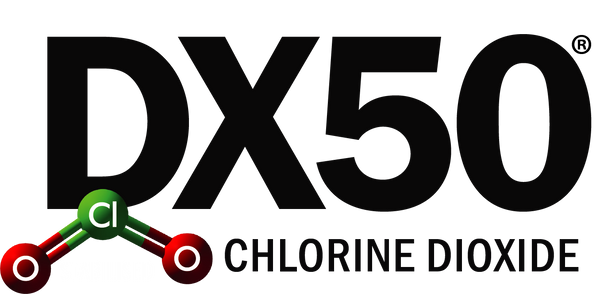
Chlorine Dioxide Is Eco Friendly
Of course, like many chemicals Chlorine dioxide, in high concentrations, can be
considered hazardous (due to vapour). But because it doesn’t bioaccumulate or persist in the environment ClO2 is also considered one of the most environmentally friendly chemicals.
Chlorine dioxide is highly reactive which means it will not persist long in the air, water, or soil environments - up to minutes in air and up to hours in the others. In air ClO2 is quickly degraded by sunlight. In water it reacts to the organic matter present and degrades rapidly to form chlorite ions. When used in small quantities for treating water ClO2 is safe and does not lead to health risks.
During oxidation use this eco-friendly disinfectant degrades to form inorganic disinfection by-products - predominantly harmless chlorite and chloride that leaves little to no footprint. It is proven to have a neutral effect on soil and crop microbial diversity when used in irrigation water to protect food crops from bacterial contamination.
For this reason many consider ClO2 as ‘the ideal biocide’, and it is approved by the World Health Organisation and the Environmental Protection Agency for use in multiple applications.
-

Safe Non-Toxic
DX50 (ClO2) does not leave an acid residue. That’s because DX50’s chemical make-up is altered as it sanitises. Because DX50 Chlorine Dioxide kills by giving one of its electrons to bad bacteria, it becomes a different chemical – chlorite (ClO2-).
This chemical is so low in residue, it is below the level of detection. That’s why Chlorine Dioxide has an EPA (Environmental Protection Authority) rating of 9.1D – the lowest rating available.
-

BioGro Certificate
DX50 Sanitiser and Dairy Sanitiser both BioGro certified input for organics. Both certified to use in organic production.
DX50 Water Treatment can be used in organic facilities as long as the level of the CLO2 does not exceed allowable potable water level.


